Government Initiatives and Support
Government initiatives aimed at promoting technological adoption in agriculture are significantly influencing the Agriculture Sensing And Imagery System Market. Various countries are implementing policies that encourage the use of advanced agricultural technologies, including subsidies and grants for farmers. These initiatives are designed to enhance food security and promote sustainable practices. For instance, funding for research and development in agricultural technologies is on the rise, which could lead to innovative solutions in the Agriculture Sensing And Imagery System Market. Such support is likely to stimulate market growth and encourage wider adoption of these systems.
Rising Demand for Precision Agriculture
The Agriculture Sensing And Imagery System Market is witnessing a notable increase in the demand for precision agriculture. Farmers are increasingly seeking data-driven solutions to optimize their operations, reduce waste, and enhance productivity. The market for precision agriculture is expected to reach USD 10 billion by 2026, indicating a robust growth trajectory. This demand is fueled by the need for sustainable farming practices that minimize environmental impact while maximizing output. Consequently, the Agriculture Sensing And Imagery System Market is poised to benefit from this trend, as farmers leverage advanced sensing technologies to make informed decisions.
Expansion of Agricultural Data Analytics
The Agriculture Sensing And Imagery System Market is increasingly influenced by the expansion of agricultural data analytics. The ability to collect and analyze vast amounts of data from various sources, including satellite imagery and IoT devices, is transforming decision-making in agriculture. This trend is expected to enhance operational efficiency and crop management, with the market for agricultural analytics projected to grow significantly. As farmers recognize the value of data-driven insights, the demand for advanced sensing and imagery systems is likely to rise, further propelling the Agriculture Sensing And Imagery System Market forward.
Technological Advancements in Sensing Technologies
The Agriculture Sensing And Imagery System Market is experiencing a surge in technological advancements, particularly in sensor technologies. Innovations such as multispectral and hyperspectral imaging are enhancing the precision of agricultural monitoring. These technologies enable farmers to assess crop health, soil conditions, and water usage with unprecedented accuracy. The integration of advanced sensors into agricultural practices is projected to increase efficiency and yield, potentially leading to a market growth rate of over 15% annually. As these technologies become more accessible, their adoption is likely to expand, driving the Agriculture Sensing And Imagery System Market further.
Increasing Awareness of Sustainable Farming Practices
The Agriculture Sensing And Imagery System Market is benefiting from a growing awareness of sustainable farming practices among consumers and farmers alike. As environmental concerns rise, there is a shift towards methods that reduce chemical usage and promote biodiversity. The integration of sensing technologies allows farmers to monitor their practices and make adjustments that align with sustainability goals. This trend is expected to drive the Agriculture Sensing And Imagery System Market, as more farmers seek tools that support eco-friendly practices while maintaining productivity. The potential for improved resource management is likely to attract investment in this sector.


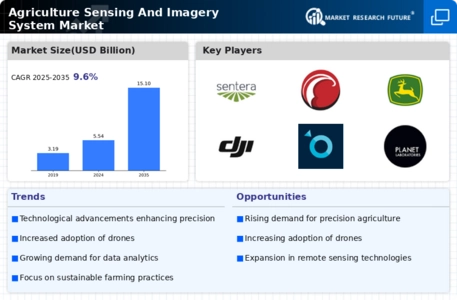
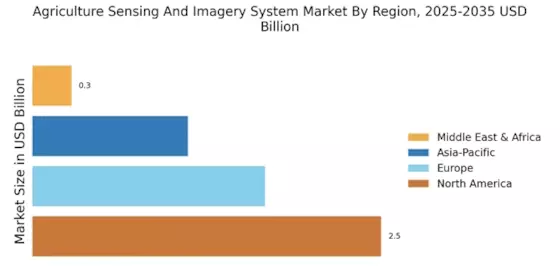
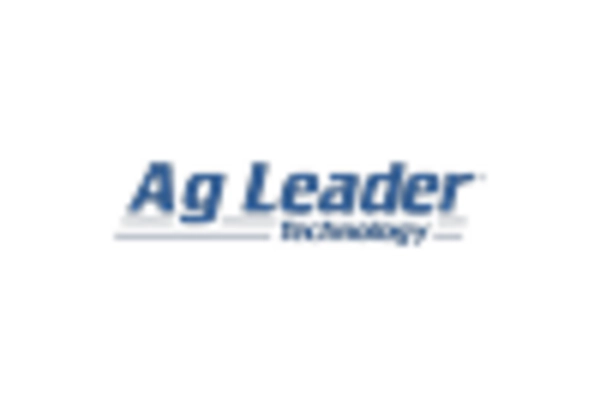
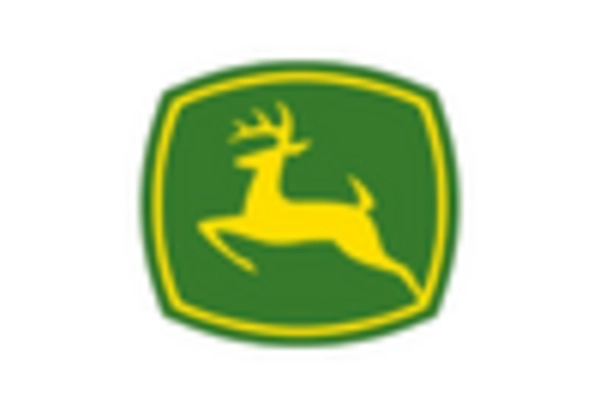
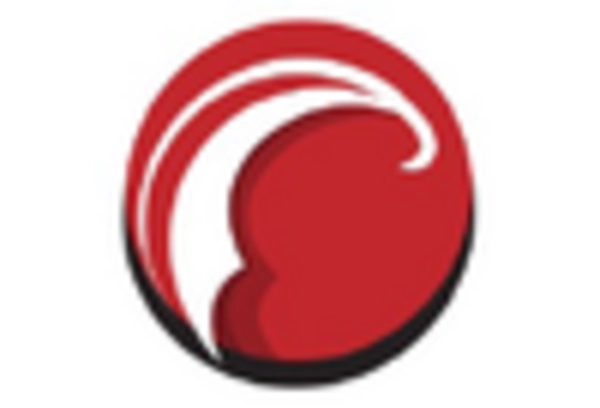
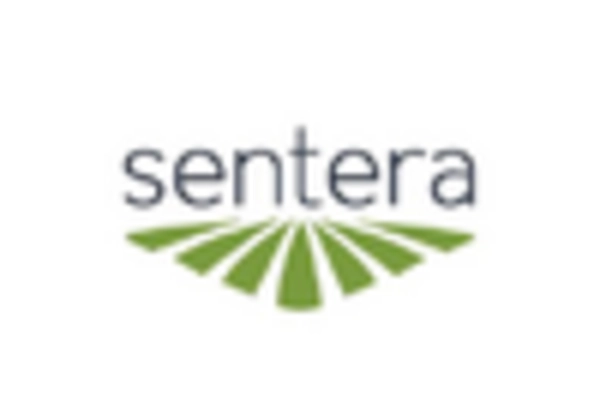
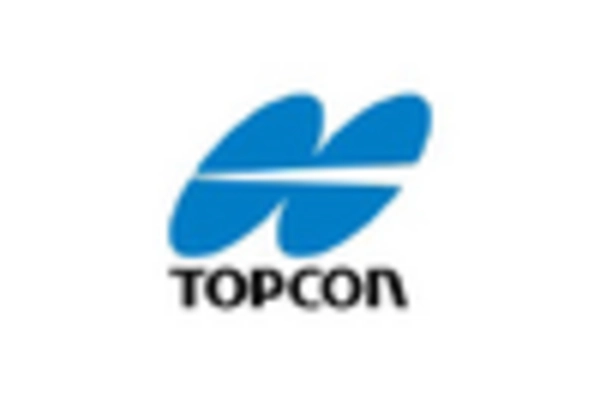
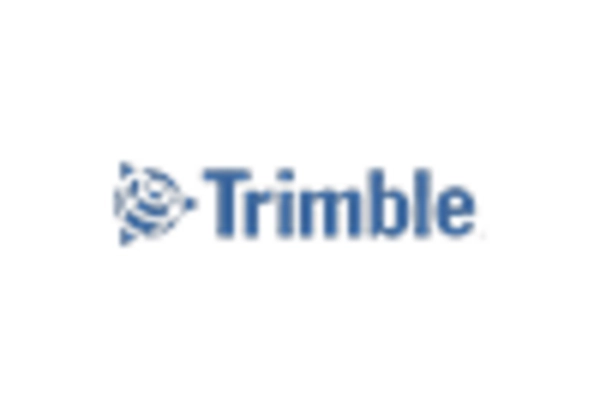








Leave a Comment